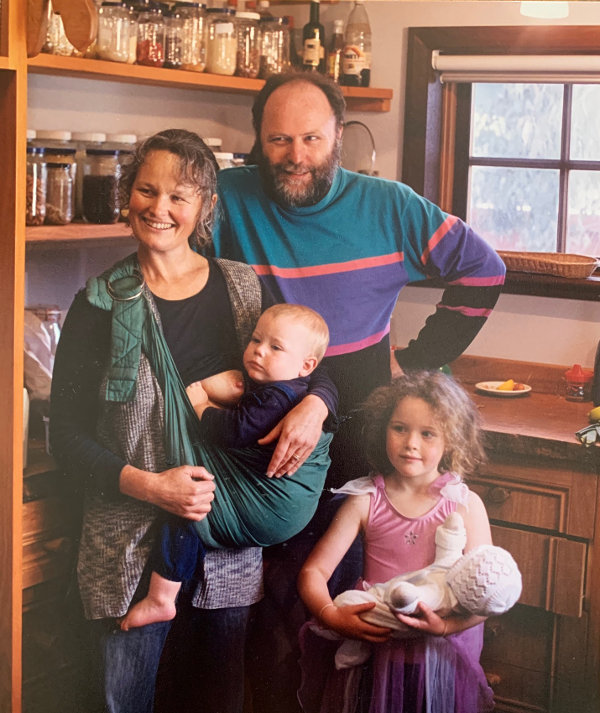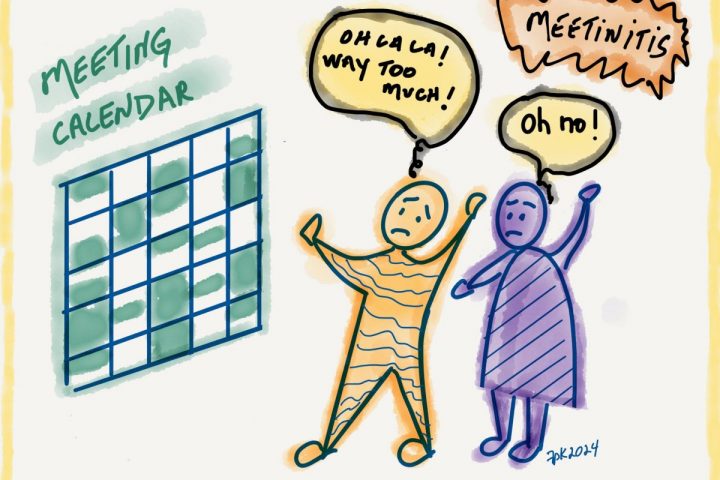
Human behaviour will work around poor design, but it does so at a cost!
I wanted the kitchen to be the centre of the house, where I could keep an eye on the garden, the children and comings and goings from the house. My husband wanted the kitchen to be a place where he could cook, without interruption, out of the flow of household traffic.
Beauty in Design
Good design accommodates conflicting needs. A good house design interacts with how the users really live, not how they want to live! A good architect can align a structural form to the users’ hierarchy of beauty.
The architect took the floor plan of our timber worker’s cottage and covered it with tracing paper. He re-designed the house by gliding his pencil over the plan. Thoughtfully, he nudged the lean-to kitchen into the neighbouring bedroom. Voilà! With a stroke of elegant genius the apparent conflict of our differing needs was resolved!
Twenty years later, our kitchen sits like a shortened stem of the letter T, jutting out from the dining and living area which form the top of the T. A wood stove with exposed stove pipe is located in the centre of the dining and living area. Family life circles around the wood stove, the kitchen produces food and the dining room table draws us together.
Home and Work
Structuring an organisation is like designing a house. The different types of rooms in a house are designed for different activities. Similarly, different parts of an organisation are designed for different tasks. A board will authorise strategic and financial plans, management will coordinate teams and support the flow of information, and a project team will design, construct and deliver a project. Each part has its own clearly defined domain of responsibility.
Before engaging the architect, we got advice from a consultant who claimed to practice Feng Shui design. She recommended moving the dining room to a small bedroom sized space, separated from the kitchen. Had we followed this advice, it is likely to have resulted in a lack of flow around food and eating together. Most likely, it would have been our family relationships that would have borne the cost.
Recently, I was working with an organisation that had separated a major and high risk project from the board. The major project was in the domain of a team responsible for small scale projects. That team answered to the management team, which in turn answered to the board. This meant it was difficult for the board to deliver appropriate oversight and authorisation to the project, and behavioural workarounds emerged. The organisational design was equivalent to positioning the dining room of a house beyond the bedroom!
The Price of Poor Design
Poor organisational design can lead to delays in project delivery, breakdowns in communication, disengagement and low morale. All of these come at the expense of personal relationships. Poor design wears down the fabric of relationships. Our interactions and behaviours are deeply influenced by the design of the built environment, and the design of the organisations we inhabit.
While human behaviour will work around poor design, it will do it in a makeshift way and usually at a cost. The cost manifests in the quality of relationships of the people living or working within the design.
Wear a Design Hat!
Do you recognise good house design when you see or experience it? Do you recognise good organisational design and how might you experience that? I hope you will put your design hat on and think about your home and the organisations in which you participate. How does good design, or not so good design, impact you? What might you do to improve the design of your home, or your organization?
To explore how to bring design thinking to your organisation, contact us for a free consultation.
 Gina Price helps children and adults design organisations that work and fulfill their purpose. A founding member of The Sociocracy Consulting Group, Gina has over 12 years experience using the Sociocratic Circle Method to create effective, adaptive and responsive organisations.
Gina Price helps children and adults design organisations that work and fulfill their purpose. A founding member of The Sociocracy Consulting Group, Gina has over 12 years experience using the Sociocratic Circle Method to create effective, adaptive and responsive organisations.



